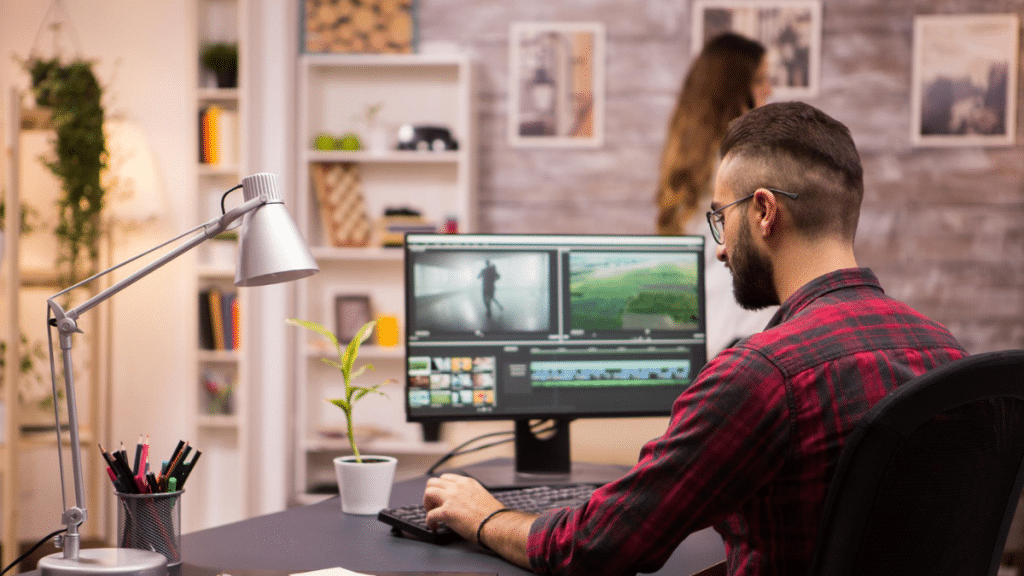Photo editing is the stage where a good shot becomes a great one. Whether you’re a budding photographer or looking to sharpen your skills, learning core photo editing tips can make a wealth of difference.
Here are four photo editing tips that can bring the best out of a composition while keeping your unique photography style intact:
1. Shoot in RAW
One of the simplest tips for better photo editing is shooting your photos in RAW format. Unlike JPEG, which compresses image data and makes post-processing challenging, RAW files retain all the information captured by your camera’s lens.
As a result, you can have greater control over adjustments, such as exposure, white balance, and colour correction. Moreover, RAW editing is non-destructive, which means you can make changes without permanently editing the file. It allows you to go back to the start and experiment with different styles.
In RAW files, you can make precise colour adjustments, bringing out the exact mode you envisioned when taking the photo.
2. Learn to Reduce Motion Blur
Motion blur creates an excellent creative effect—if used intentionally. A slow shutter speed coupled with movement of either the subject or the camera can result in blurred photos. Luckily, there are several ways to reduce or even fix motion blur.
The most common way is to use the Shake Reduction filter offered by some of the best photo editing apps. It uses complex algorithms to analyse an image, detect areas affected by the blur, and then sharpen those areas. Some AI-powered tools can also remove motion blur from your images.
3. Crop for Composition
Cropping is a post-processing technique that can significantly enhance the visual impact of your image. By cropping in on the subject, you can not only reduce distractions but also bring the viewer’s attention to the subject.
When cropping, keep in mind classic composition rules, such as the rule of thirds, leading lines, and symmetry. Ask yourself, would cropping remove visual clutter? And does moving the subject off-balance create more impact?
Always keep in mind the intended purpose of the image, as cropping can be used to change the aspect ratio. For example, you can turn a horizontal shot into a square format for social media. Be careful not to crop too much. Over-cropping can lower image quality and make things difficult.
Pro Tip: Always save the original image before cropping. This will allow you to revert to the original image if needed.
4. Use Presets Wisely
Presets can be an excellent tool for photographers to maintain a consistent aesthetic and save time. A preset adjusts numerous settings, including color, contrast, exposure, and tone curves. This can dramatically change the atmosphere and impact of your photo. However, not every preset will suit every image.
Solely relying on presets and applying them without tweaking can make a mess. You might see muddy shadows, unnatural colours, and blown highlights. Therefore, customise the preset to match your photos so your edits stay consistent with your creative vision.
